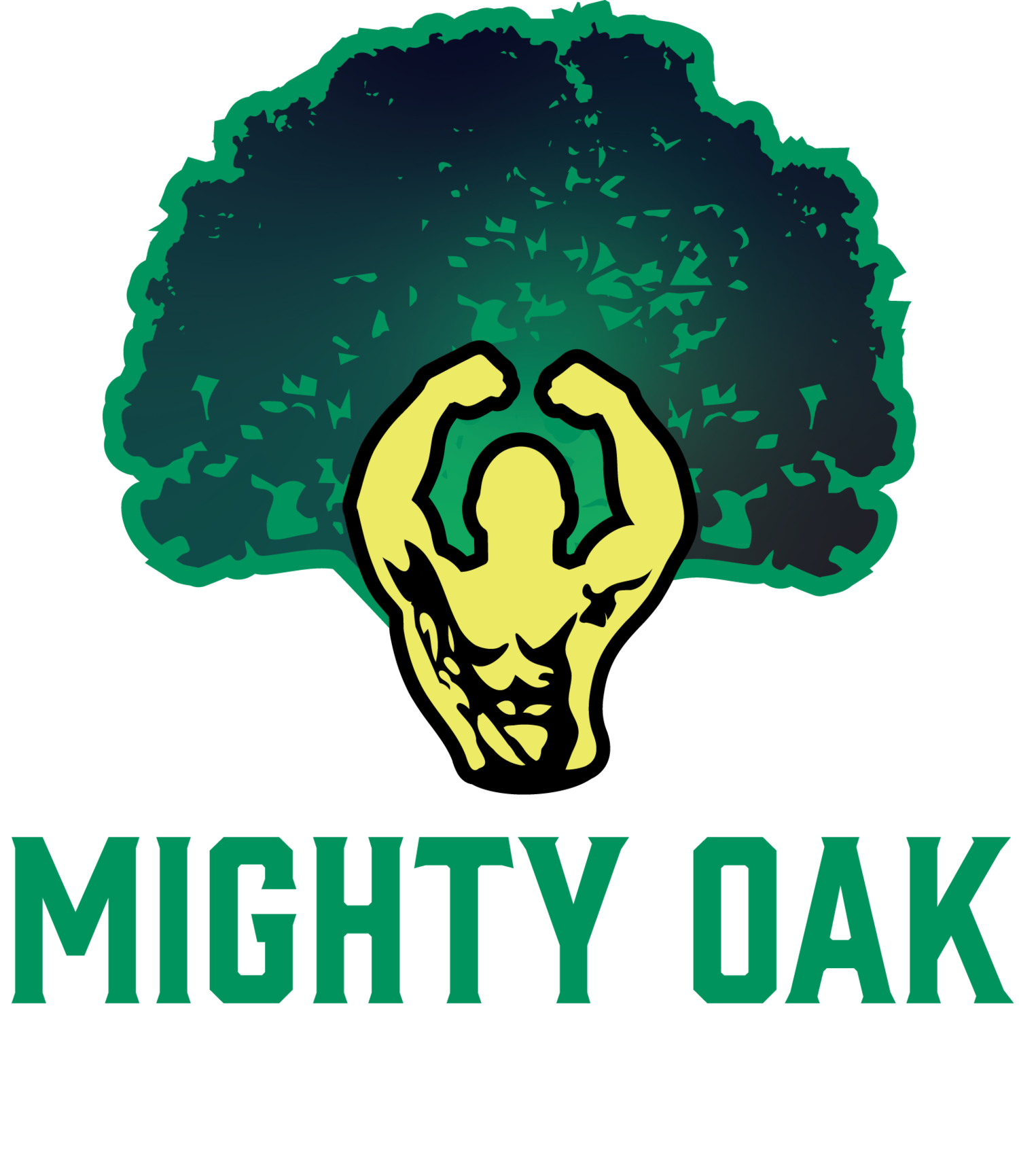How to Train Like a Roman Warrior: A Modern Student-Athlete's Guide
Training Like a Roman Warrior for the Modern Student-Athlete
In the realm of athletics, the pursuit of excellence transcends time. Today's student-athletes face a landscape vastly different from that of ancient Roman warriors, yet the core principles that defined Roman military training—discipline, endurance, strength, and teamwork—remain as relevant as ever. By integrating these age-old practices into modern training regimes, student-athletes can forge themselves into veritable mighty oaks, embodying resilience and might in their sports and daily lives.
The Foundation: Discipline and Endurance
The Roman legionary was renowned for their remarkable discipline and endurance, qualities that stemmed from rigorous training routines. Modern student-athletes can cultivate these same virtues by setting strict personal and team goals, and adhering to a consistent training schedule that challenges their physical and mental limits. Incorporating long-distance running and high-intensity interval training (HIIT) into their regimen can mirror the endurance Roman soldiers developed through their infamous forced marches. These exercises not only enhance cardiovascular health but also build mental toughness, preparing athletes for the rigors of competition and the discipline required for academic success.
Strength Through Versatility
Roman warriors trained with a variety of weapons and engaged in construction work, developing a functional strength that was directly applicable to the battlefield. Similarly, student-athletes can benefit from a holistic approach to strength training that goes beyond the weights room. Bodyweight exercises such as push-ups, pull-ups, and planks, and the use of resistance bands, can simulate the versatile training of a Roman soldier, promoting muscle balance and reducing the risk of injury. Incorporating plyometrics and agility drills further develops power and speed, enhancing performance in virtually any sport.
The Art of Combat: Teamwork and Strategy
Training for Roman combat emphasized not just individual prowess but the seamless operation within a unit. Modern team sports directly parallel this aspect, where success hinges on coordination, communication, and strategy. Student-athletes can draw from this by engaging in team-building activities that foster trust and understanding. Practicing drills that simulate game situations can improve tactical awareness and decision-making, much like mock battles honed the strategic minds of Roman warriors.
Adaptability in Training
Just as Roman soldiers adapted to various terrains and constructed camps and fortifications, student-athletes can benefit from training in diverse environments. This could mean varying workout locations from gyms to outdoor settings, or incorporating different types of cross-training, such as swimming or cycling, to enhance overall athleticism and prevent burnout. This adaptability not only improves physical conditioning but also prepares athletes for the unpredictable nature of sports competitions.
The Modern Warrior's Diet
Nutrition played a crucial role in maintaining the Roman soldier's health and stamina. Today's student-athletes can take a cue from this by focusing on a balanced diet rich in lean proteins, whole grains, fruits, and vegetables, which provide the energy and nutrients necessary for recovery and performance. Hydration, too, is key, echoing the Roman emphasis on maintaining vigor through adequate water intake.
The path of the student-athlete, much like that of the Roman warrior, is one of continuous challenge and growth. By integrating the timeless training principles of the Roman legionaries into their regimen, modern student-athletes can build a foundation of discipline, strength, and endurance that not only elevates their sports performance but also prepares them for the challenges of daily life. In doing so, they embody the mighty oak—rooted in tradition, yet reaching ever upward towards the heights of personal and athletic achievement.

